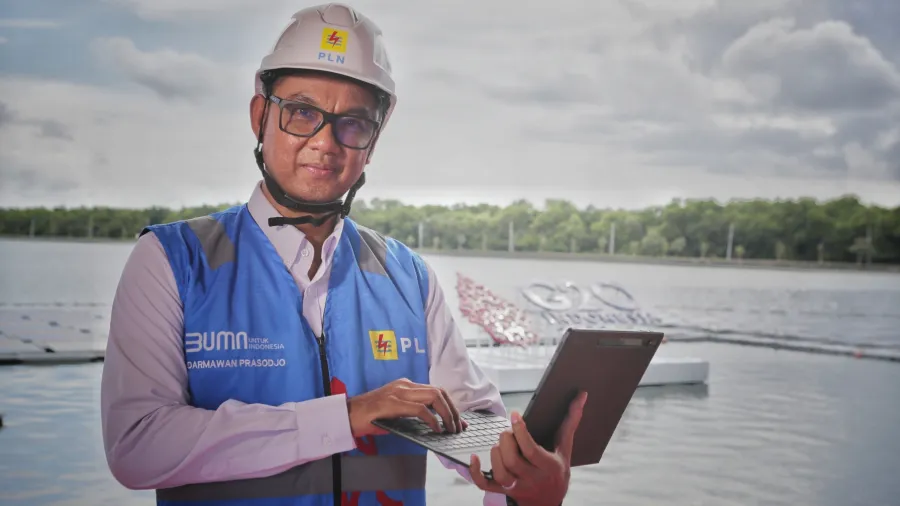
PLN focuses digital processes on equitable electricity distribution
State-run firm’s president succeeded in electrifying 76,900 villages and sub-districts throughout Indonesia.
At the helm of PLN’s ambitious electrification endeavour stands President Director Darmawan Prasodjo, a man committed to the state-owned enterprise’s mission for equitable distribution of electricity now that processes are being digitalised.
Guided by the mandate to pursue fair access to electricity in the so-called 3T areas — the disadvantaged, the frontier, and the outermost — Darmawan leads PLN’s charge to illuminate Indonesia’s most remote corners, ensuring no community is left in the dark.
At present, PLN has connected an impressive 76,900 villages to its grid out of a total of 83,637 nationwide, marking significant progress toward universal electrification through its village electricity programme or LISDES.
Meanwhile, the remainder comes from non-PLN electricity in 3,885 villages and energy-saving solar lamps (LTSHE) in 2,852 villages – bringing the national electrified village ratio (RDB) to 99.85% in 2023.
Village electricity programme
Darmawan said that promoting the LISDES programme is also in line with national steps to achieve a 100% Electrification Ratio.
Through the New Electricity Installation Assistance (BPBL) programme, PLN is working together with the Indonesian government to equalise community access to electricity.
The BPBL is a new electricity installation assistance programme for underprivileged households, including the installation of electricity installations, the cost of certification for proper operation (SLO), the costs of new connections to PLN and even topping up the initial electricity token.
“To be able to complete this mandate is not an easy thing,” Darmawan said. “Various distance obstacles, weather, [and] extreme topography are challenges that do not make PLN afraid to provide access to electricity to the entire community.”
Throughout 2023, PLN has succeeded in implementing this programme for 131,600 households or exceeding the target of 125,000 households.
BPBL recipients are households registered in the Ministry of Social Affairs’ Integrated Social Welfare Data (DTKS) domiciled in the 3T area, and/or based on validation from village/sub-district heads or officials of the same level as eligible to receive BPBL.
“Electricity is the heart of the Indonesian economy, and for this reason we are committed to continuing to increase the ratio of villages with electricity and the electrification ratio,” said Darmawan. “Armed with the digital transformation that we have successfully carried out, in 2024, we are sure it will be even more significant.
Digital approach
PLN embarked on an ambitious initiative to digitalise its end-to-end business process from power generation, transmission, distribution, financial systems, procurement, payment systems, and customer services.
The results speak for themselves: faster and more satisfying customer service; enhanced efficiency in financial and procurement systems; and significantly improved electrical operational reliability.
In transmission and distribution, a reliable operation system was established, replacing manual monitoring with digitalised dashboards for real-time issue detection and resolution.
In customer service, PLN has transformed its mobile app, PLN Mobile, which has been downloaded almost 44 million times. It is lauded for its software sophistication and responsive service.
Every aspect of PLN’s operations, from financial management to procurement, has been integrated into a streamlined digital dashboard, providing high visibility across the entire business process, said Darmawan.
With more work to be done, he said PLN’s transformation goal is clear: to provide the best services, secure Indonesia’s future, and embrace a digital-based approach to evolving customer needs.


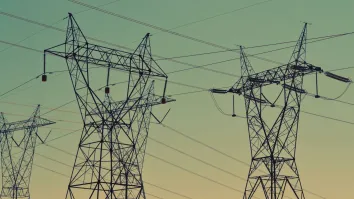
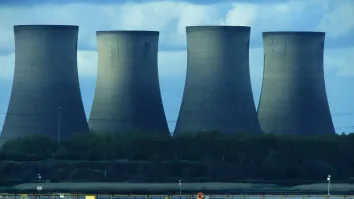




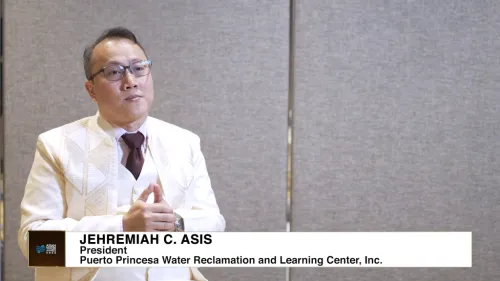


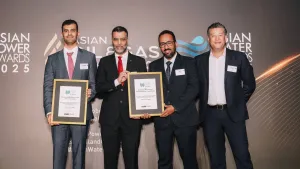





 Advertise
Advertise






